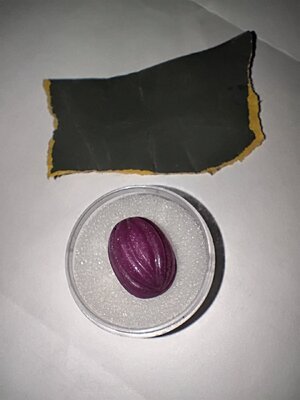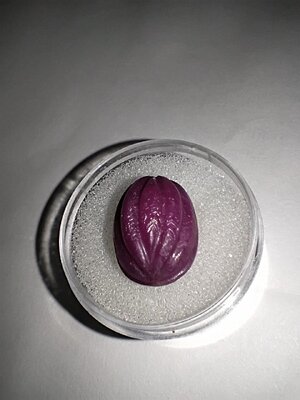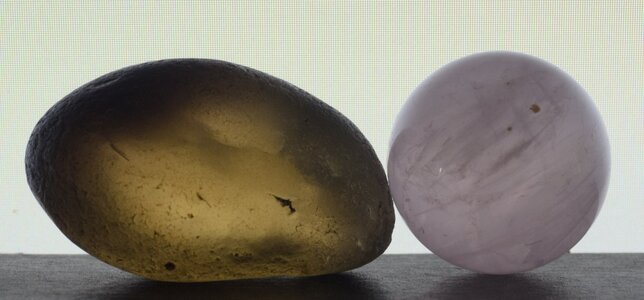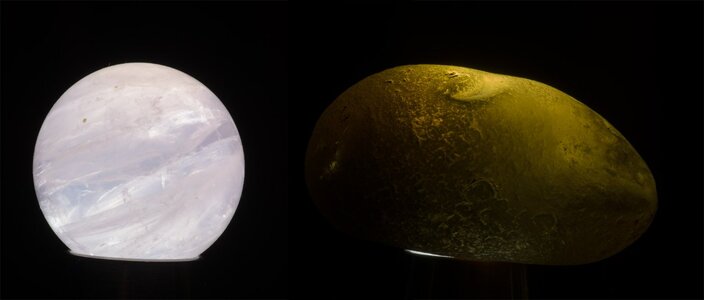Avondale
Brilliant_Rock
- Joined
- Oct 31, 2021
- Messages
- 1,837
When I use a rough grit sandpaper on anything no matter how clear...glass even...it becomes clouded. But after using finer and finer sandpaper and then eventually polishing it becomes clear again. What your saying is not logical.
I have never facepalmed this hard at anything I've read on this forum board before.


















300x240.png)